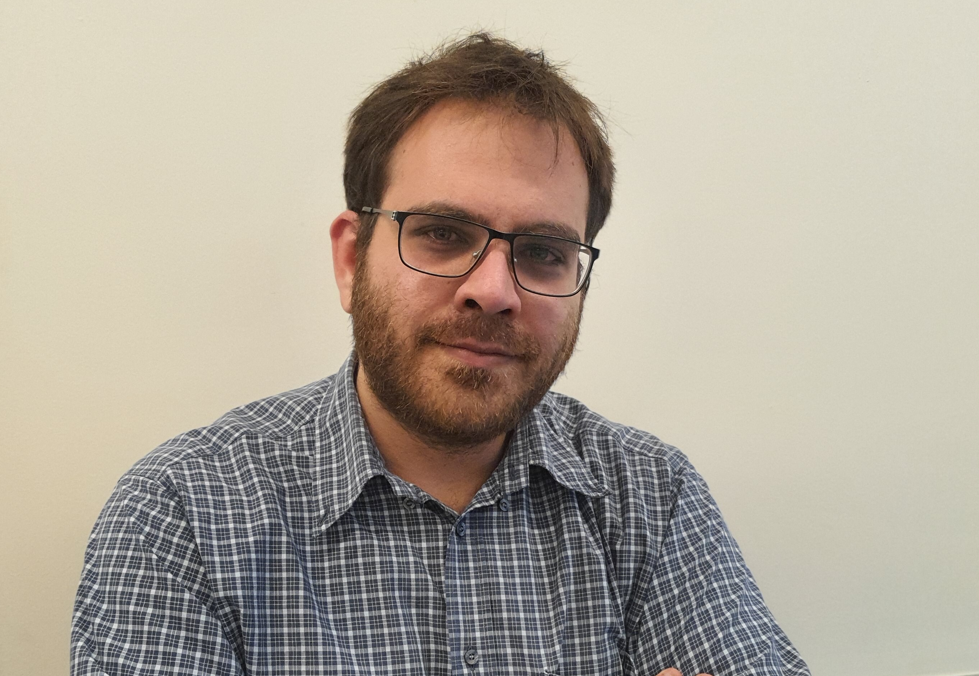Generalizing Constraint Models in Constraint Acquisition
Poster, AAAI 2025, Philadelphia, USA
Constraint Acquisition (CA) aims to widen the use of constraint programming by assisting users in the modeling process. However, most CA methods suffer from a significant drawback: they learn a single set of individual constraints for a specific problem instance, but cannot generalize these constraints to the parameterized constraint specifications of the problem. In this paper, we addressed this limitation by proposing GenCon, a novel approach to learn parameterized constraint models capable of modeling varying instances of the same problem. To achieve this generalization, we make use of statistical learning techniques at the level of individual constraints. Specifically, we proposed to train a classifier to predict, for any possible constraint and parameterization, whether the constraint belongs to the problem.
